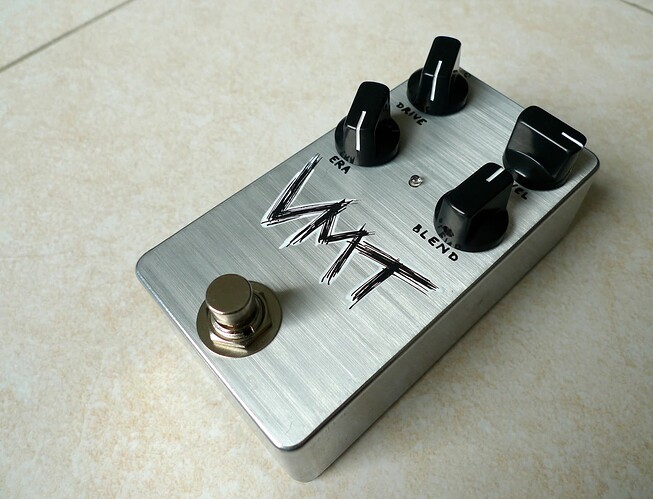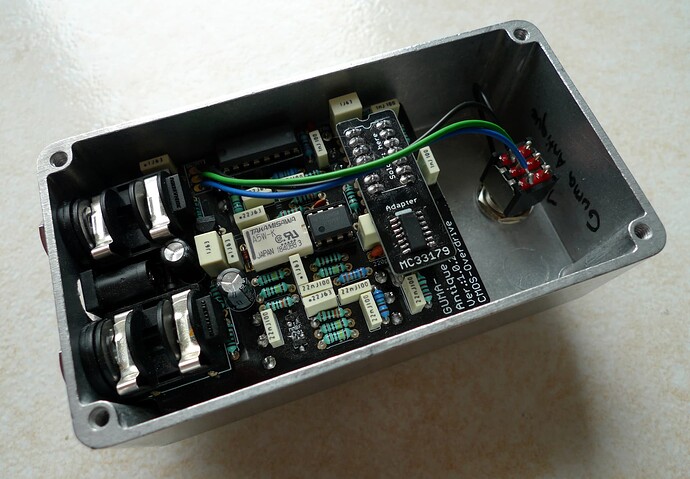Congrats, that’s a nice build !
Yeah I agree with that. a TS is a true classic, not the simplest but still easy enough for a beginner.
That’s not something I would recommend, actually. If you source the components by yourself, it will take a lot of time and probably cost as much or more money than the full kit. And there is no benefit really, except if you want some very special components.
That’s how you learn ![]()
I have built a Vintage Microtubes kit, it sounds quite good. I used it on this cover. I must say that it’s way more difficult than a Tube Screamer, because there are a few SMD components.

